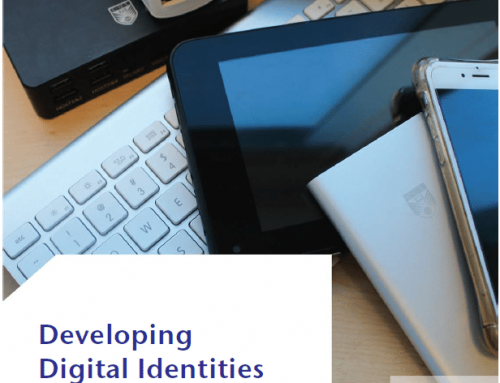This is another post focussing on a specific aspect of the JISC funded Transforming Curriculum Delivery Through Technology Programme. There is an overview post and one focusing on authentic learning
For a programme with such diverse aspects and activities there are just so many ways to present the outcomes and outputs. Different stakeholders need alternative pathways to find whatever is most relevant to them – stating the obvious there – but it can be very challenging to make sure you present programme findings in useful ways for each group of people likely to benefit from hearing them. Use of language can also impact on this.
Some of the most powerful outcomes from the programme could be described as those that have demonstrated efficiency gains. The term ‘efficiency’ can turn some people off – smacking of mangerial speak, and the whole business process approach to managing educational institutions can prompt concerns. Clearly educational institutions need to understand their business processes and the needs of the various stakeholders to provide a useful high quality experience. After working in the higher education sector for many years it has always struck me as astonishing that an institution-wide approach was so often sadly lacking in relation to key business processes. Management of student information is a good example – with duplication of records and systems that don’t integrate. Many institutions are now addressing these issues and the ongoing sister programme on Institutional Approaches to Curriculum Design is grappling with key business processes and systems.
The Transforming Curriculum Delivery Through Change projects also addressed challneges around their institutional administration processes and systems. However their work in this area is not solely of relevance to institutional managers or systems administrators. Whether or not projects started out by focusing on efficiencies and effectiveness in an institutional sense, most did end up addressing these issues. Projects found that identifying cost benefits as well as learner benefits resulted in increased likelihood of sustainability and ongoing support from senior management. Efficiencies and effectiveness are not all about cost benefits and most certainly do not act in opposition to each other. Projects who demonstrated institutional efficiencies could also provide evidence of increased effectiveness. The impact on teaching staff workloads and the student experience are well illustrated in the Curriculum Delivery benefits table. Several projects provided real evidence of improved retention, attainment and progression. Some of the areas where projects evidenced transformation in this area are:
- Using technology to utilise staff and learner time more effectively
- Balancing and measuring efficiencies against effectivenes
- Identifying which technologies will have the most impact on an institutional level
- those affecting the most courses, schools, modules, subject disciplines
- identify new activities rather than replicating old methods
- Podcasts on general issues
- Eliminating duplication of content across schools and experienced by learners
- Mapping across modules
- Producing generic content (particluarly skills related of value across disciplines)
- Accessibility and scaleability
- Extending support through online tutorials
- Peer review of students – lessoning burden on staff
- Student mentoring
For me the important thing about using the word efficiency is also to emphasise the need to balance this with effectiveness – to view it as also being about improving quality of experience and particularly highlighting benefits to different stakeholders. Efficiencies and effectiveness are discussed in more detail in the fabulous JISC Design Studio with links to specific projects and their outputs. There is some excellent work there so do go and find out what they did and see how changing their systems has made significant differences to the people in their organisations.







Leave A Comment